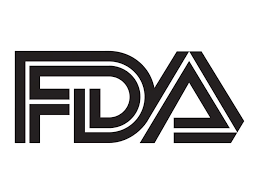FDA Extends Decision on Luspatercept-aamt for NTD Beta Thalassemia
Bristol Myers Squibb has to wait 3 months for FDA decision on Reblozyl for treating non-transfusion-dependent β-thalassemia.

Bristol Myers Squibb (BMS) hoped for a target action date of March 27, 2022 regarding luspatercept-aamt (Reblozyl) for anemia in adults with non-transfusion-dependent β-thalassemia (NTDT). However, with the additional data that Bristol Myers Squibb provided at the request of the US Food and Drug Administration (FDA), an additional 3 months was added to the deadline for a decision.
The prescription drug user fee act (PDUFA) date is now scheduled for June 27, 2022 for the first-in-class erythroid maturation agent developed by Bristol Myers Squibb and Merck. The supplemental biologics license application (sBLA) was based on safety and efficacy results from the phase 2 BEYOND study, which evaluated the treatment combined with best supportive care in this population.
In the US and European Union, the treatment is already approved for anemia in adults with β-thalassemia who require regular red blood cell (RBC) transfusions, as well as lower-risk myelodysplastic syndromes failing an erythropoietin-stimulating agent (ESA) and requiring red blood cell transfusions.
Non-transfusion-dependent β-thalassemia is a hereditary blood disorder characterized by impaired hemoglobin production and chronic anemia that can vary in severity. Key pathophysiologic mechanisms are targeted with RBC transfusions, iron chelation therapy, and novel treatments.
The results of the phase 2 BEYOND trial showed that those treated with luspatercept-aamt achieved a 77.1% mean hemoglobin (Hb) increase of 1.0 g/dL or higher from baseline. This was observed over a 12-week interval during weeks 13-24 in the absence of red blood cell transfusions.
Patients with non-transfusion-dependent beta thalassemia that were in the placebo group displayed a 0% hemoglobin increase. The primary endpoint of the study was met. Luspatercept was associated with improved quality of life among the patient population and was found to be well tolerated, even of an extended period of time.